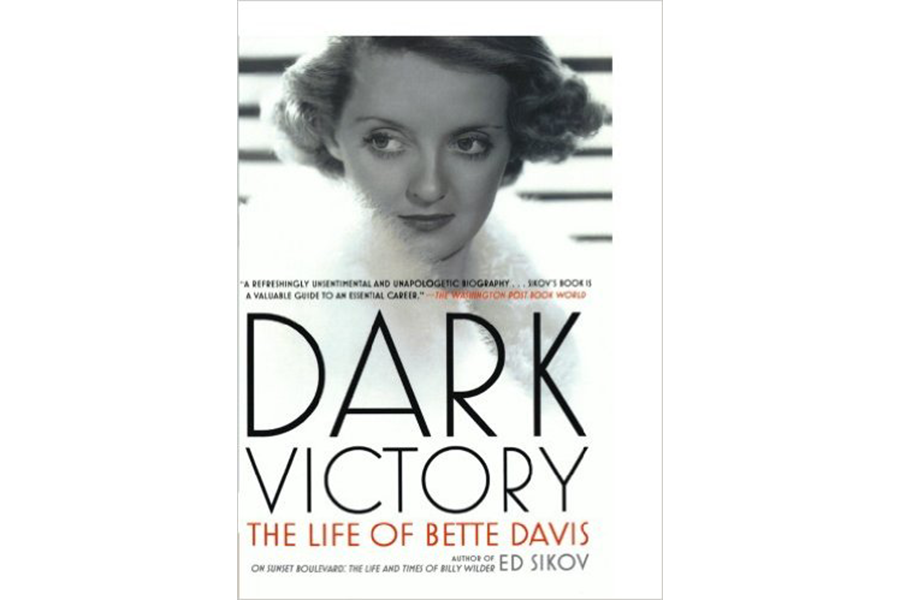Inside the Bette Davis-Joan Crawford feud
Loading...
Shorn of the glamour that engulfed them decades earlier, a pair of actresses gathered on stage to play the parts of two women intertwined by resentment and jealousy.
But enough about Susan Sarandon and Jessica Lange.
Yes, they're the stars of the new TV show "Feud: Bette and Joan," debuting March 5 on the FX channel, about the filming of "Whatever Happened to Baby Jane?" But the legendary actresses played by these legendary actresses will hog the spotlight, as was – and is – their wont.
What drove these two women, two of the most quintessential Hollywood stars of all time? For answers, I turned to veteran biographer Ed Sikov, who wrote 2007's Dark Victory: The Life of Bette Davis.
He describes the two actresses as immensely talented and difficult women driven by anger, rage, and an endless desire for a kind of "mass love."
"They both had tremendous strength and ambition," he says, "and they needed the attention of millions of people. Movie stars are very strange in that way."
Q: What made them rivals in Hollywood?
Those two really were long-term survivors, and they worked for a long, long time.
Joan was probably fairly jealous because someone was at her level. And Bette thought she was the better actress of the two, and she was. When director Vincent Sherman was interviewed about the two of them, he said that if you wanted to have Joan cry, you had to tell her a sad story. Bette would just do it.
At a certain point, they were the only two like them. But it's overstating the nature of the feud to say they were at it from the get-go.
Q: What about how they supposedly despised each other much earlier in their careers?
It makes no sense. Why would Joan pursue her to make "Whatever Happened to Baby Jane?"
Joan wrote her a card that says "Dear Bette" and is signed "With Much Love, Joan." There's a huge signature, several inches tall, that dominates the card. I think it was as sincere as Joan Crawford could be.
Of course, Bette said of Joan that "she writes thank-you notes for thank-you notes."
Q: If they didn't feud before the 1960s, when did things actually become frosty between them?
The feud really began at the Oscar ceremony in 1963, when Bette was up for an Academy Award for "Whatever Happened to Baby Jane." Joan somehow convinced actress Anne Bancroft, who won the award, to let Joan accept it for her.
Joan just swept past Bette on the way to the podium and gave her a look that must have been galling. From then on Bette just hated her.
After Crawford died, Bette was reported to have said that her mother told her to only say good things about the dead. So Bette declared, "Joan Crawford is dead. Good."
Q: What difficulties did Crawford and Davis face as they aged in Hollywood?
It was very difficult, and it's still difficult for actress to survive the transition between the late ingénue period and being the middle-aged woman with a history behind her. There aren't that many roles for them.
Bette notoriously took out an ad in Variety in the early 1960s advertising herself and saying bluntly that she needed work. It was shocking to the Hollywood community that she would do that. But she was smart, and she got their attention.
Q: Would you have liked them personally?
They certainly they had friends, but you had to put up with a lot.
Bette was angry just as a way of life, and Joan Crawford was the same sort of thing. You just had to put up with a lot of ego, and anger and rage.







